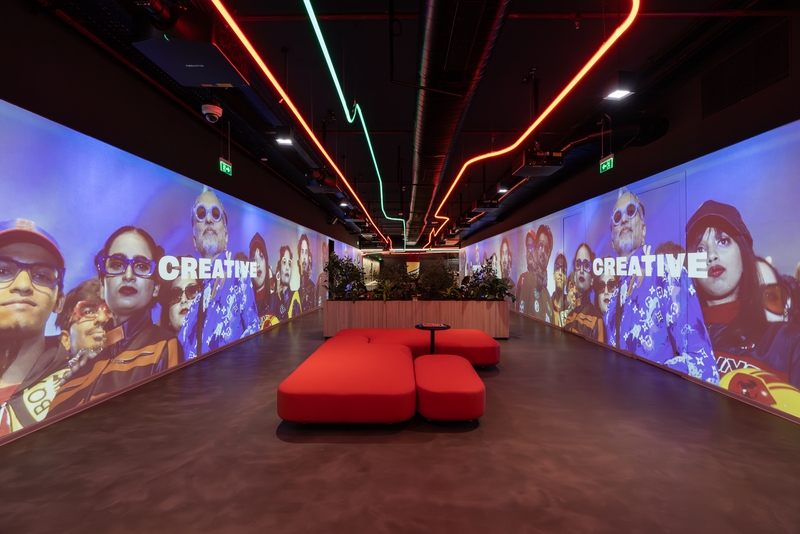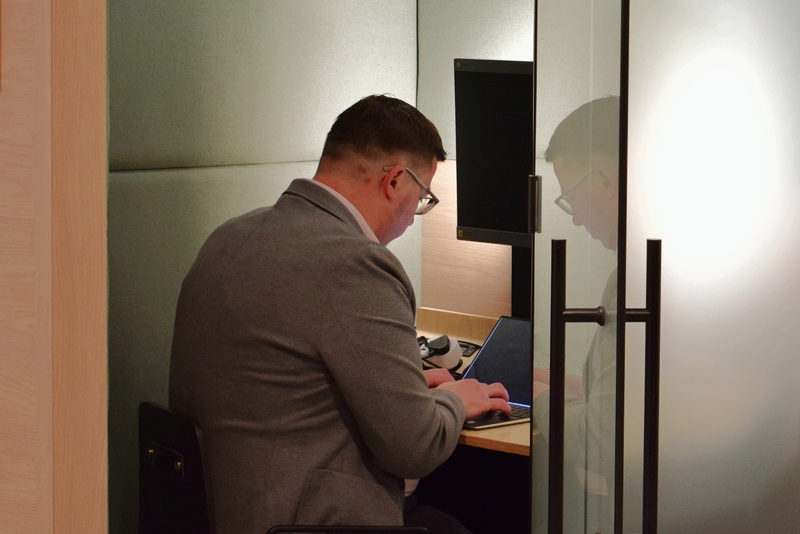
What are some of the "Hidden" Benefits of Adhering to Sustainability Standards Beyond Meeting the Requirements?
While working with the sustainability standards can sound daunting, with the cost or extra time that goes into a project to ensure everything is compliant, they not only make a workplace more sustainable, but more desirable. Most employees won’t know the details of WELL, LEED and BREEAM, but they will feel and notice the effects of them, and even choose one workplace over another based on that feeling. These “invisible advantages” can range from cleaner air and better acoustics to improved lighting, adaptable temperature controls, and materials with reduced VOCs. All of these enhance daily comfort without most people realising they are a direct result of the standards.
Recruitment and Retention
For those looking to design for the people and the wellbeing of colleagues, the standards ensure that many of those key needs are met, as well as ensuring that the space will attract and retain the people you want. The top tier of standard can be used as a marketing point in attracting the best talent, with a high-quality and healthy environment being both a brilliant operational and branding strategy. Employers in competitive industries are already using WELL Platinum or BREEAM Excellent certification not just as proof of sustainability, but as a signal that they invest in their people. The recruitment edge is tangible — candidates are more likely to join, and stay with, companies whose workspaces actively support their wellbeing; At CBRE's Toronto & Vancouver offices, there was a decrease of ~30% in employee turnover, after achieving the WELL certification, proving how they valued that care being put in.
Savings through Smart Design
When it comes to concerns around cost of implementing the standards, they actually will help to economize in the long term. This is because the standards encourage and require systems which reduce energy and electricity usage, and therefore utility bills. There can also be massive savings economically on any future reconfigurations by choosing to meet standard points around choosing flexible and modular furniture pieces, which can be easily moved, without millwork and joinery specialists being required. Beyond this, standards often push for durability and reusability in materials, meaning less frequent replacement cycles and reduced waste over the life of the workspace. They also prompt companies to consider the full lifecycle of assets. Such a mindset minimises disruption, speeds up relocations, and lowers the embodied carbon footprint.

The Experience
With Gen Z now in the workforce, and typically very aware of their health and wellbeing, it is important that we are creating spaces that they feel comfortable working, and make this sustainability piece more about the experience than the compliance. Not every business is looking to cater to or improve their facilities for neurodivergence, accessibility and inclusivity, but building in extra comfort layers will increase the retention of staff, as well as their productivity. Framing these elements as part of a strategic investment in people often unlocks greater buy-in from leadership, especially when linked to measurable outcomes like reduced sick days, faster onboarding, and higher engagement scores.
Creating Adaptable Workspaces
Standards around wellbeing of employees and the fit-out of spaces address elements such as having adaptable workspaces, and environments tailored to the needs of different working styles, from focus-driven quiet areas to energising collaboration zones. They encourage companies to think beyond ‘one-size-fits-all’ design and instead create layered environments where everyone, regardless of role, age, or working preference, can find a setting in which they perform at their best. In this way, adherence to the standards doesn’t just tick compliance boxes; it builds a richer, more inclusive workplace culture that quietly reinforces brand values every day.
One thing in common between these benefits is that people are at the centre of them all. Therefore, as the people designing for the workspaces, we need to be looking at the needs and preferences of everyone around. We at Spacestor are constantly seeking feedback for what the workforce want and need, and would love to hear how you think your people could be benefitting more, using the sustainability standards.


